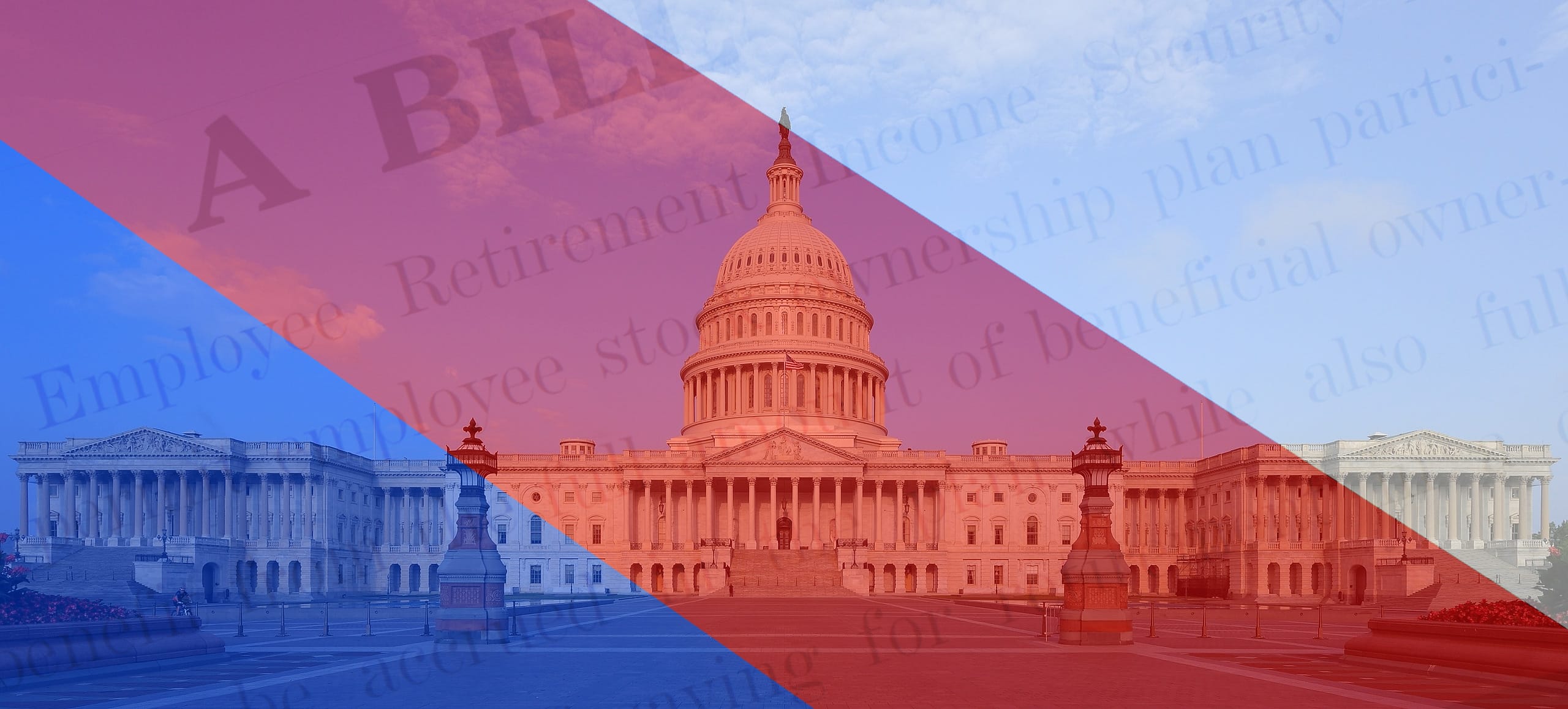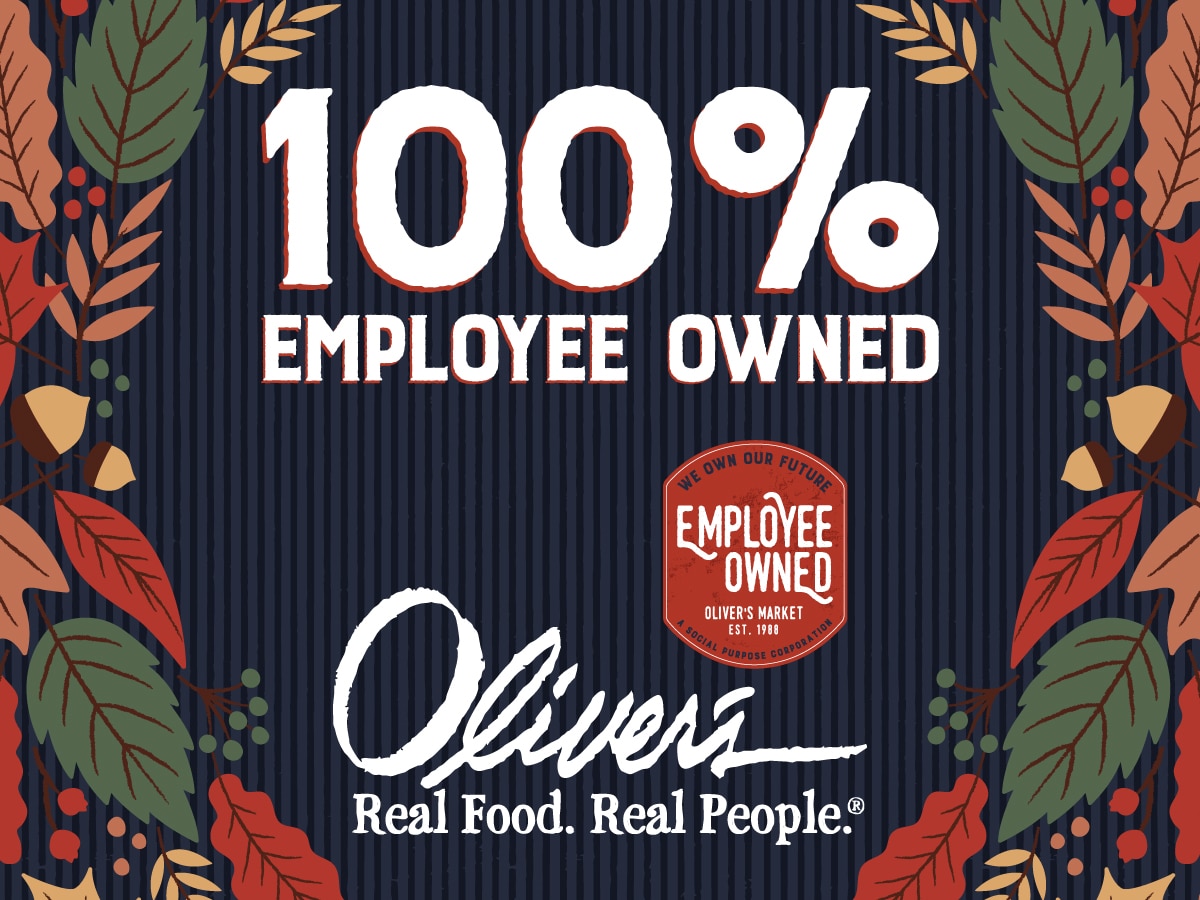The NCEO has just completed an analysis of Form 5500 retirement plan filings filed by ESOP companies. The Form 5500 data are prone to considerable reporting and transcription error and should be used with caution, but many of the results described below are in accord with prior research, with our experience, and with best estimates from practitioners in the field. Among the companies studied, the average value of plan assets per participant is approximately $46,000. This compares to the average of $47,680 reported for the state of Washington in 1995 (See Wealth and Income Consequences of Employee Ownership by Peter Kardas, Adria Scharf, and Jim Keough, (Oakland, CA: National Center for Employee Ownership, 1998) and to an average 401(k) account balance of $58,000 in 2005 computed by the Employee Benefit Research Institute and Investment Company Institute. However, typically only one-third or less of 401(k) plan balances are attributable to company contributions. Moreover, 401(k) account balances are strongly skewed toward higher earners, and only about 70% of those eligible to participate in 401(k) plans do. Those who don’t participate tend to be lower paid than those who do. ESOP account balances, by contrast, are entirely from the company, are required to cover all eligible employees, and are no more skewed toward higher paid employees than salary would indicate. Moreover, ESOP companies usually have other retirement plans as well. In short, the data indicate that ESOP participants receive a much larger benefit from their employers than do non-ESOP participants.
Click here to download the rest of the article in pdf format…






